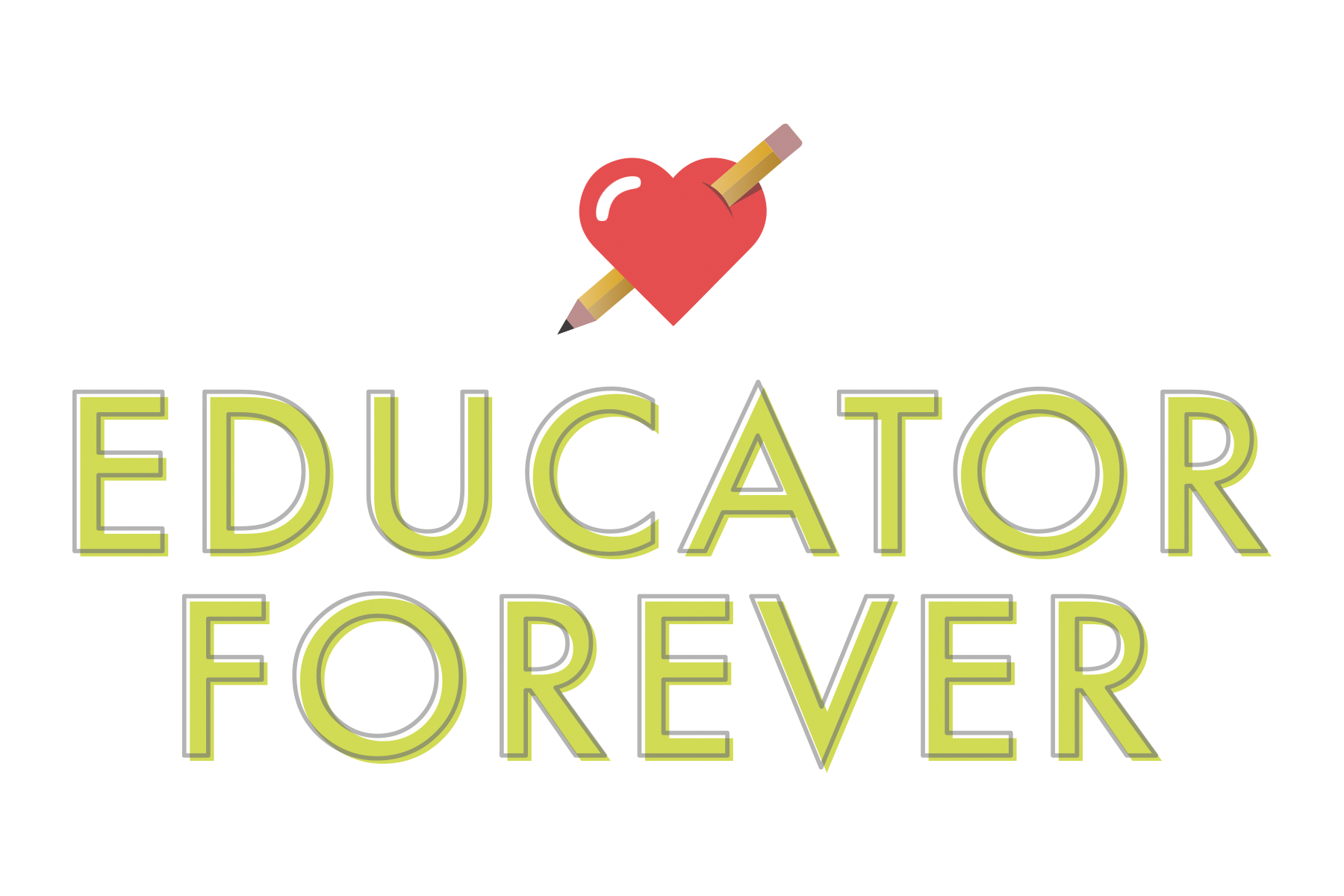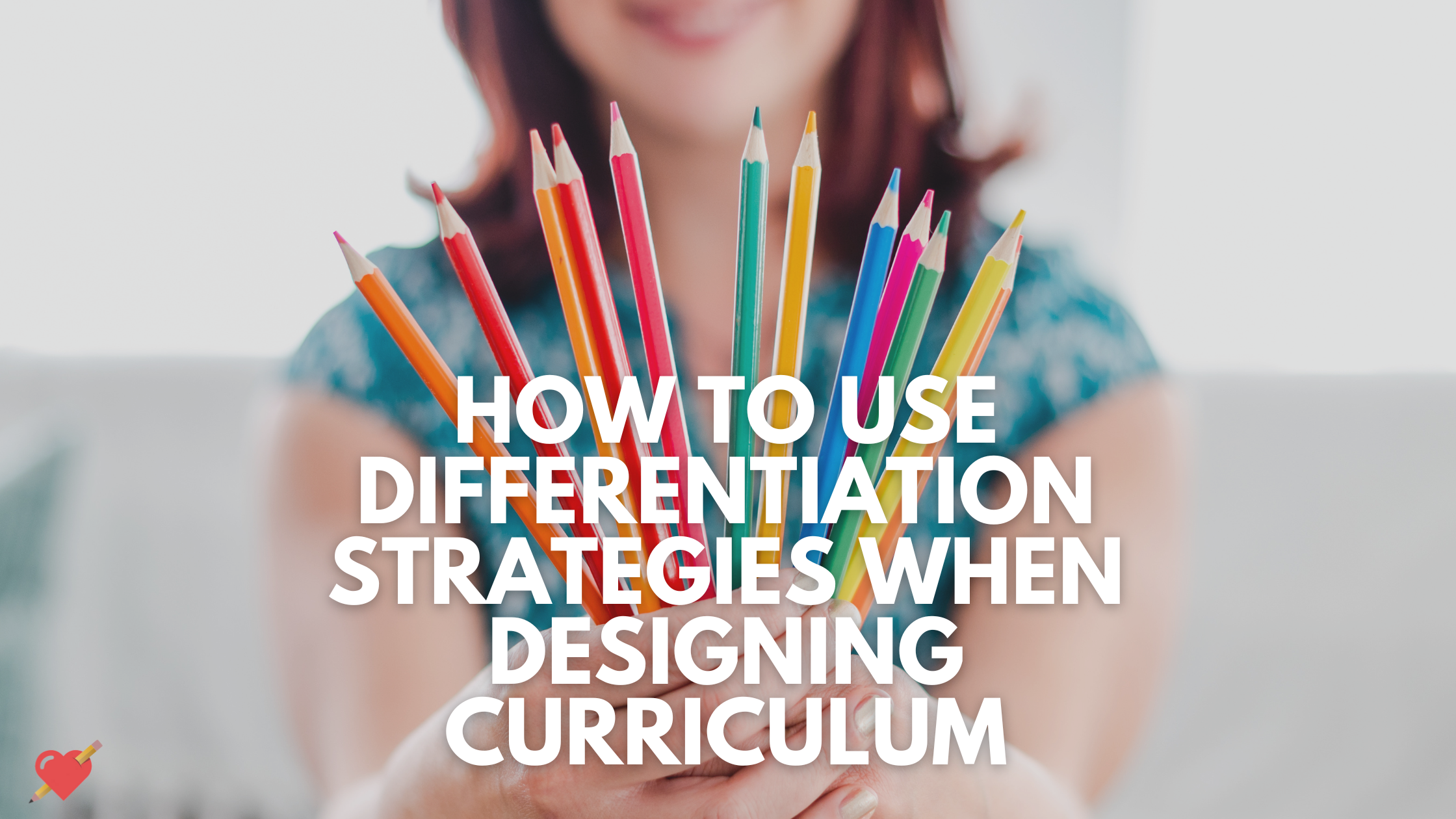How to Use Curriculum Differentiation Strategies When Designing Curriculum
Even the best curriculum won’t work for all students exactly as it’s written. As curriculum developers, it’s important to include differentiation options that teachers can choose from. By incorporating curriculum differentiation strategies, we can help to meet the needs of all students and increase student engagement.
In this blog, we’ll explore ways that curriculum developers can— and should— incorporate effective differentiation strategies. But first, let’s review why differentiation is so important.
What is Curriculum Differentiation Exactly?
The concept of differentiated instruction has roots that extend back to the days of the one-room schoolhouse, where multiple grade levels existed within the same classroom. This required the teacher to adapt lessons to better meet the needs of different ages and abilities.
In more modern times, the passage of IDEA, the Individuals with Disabilities Education Act of 1970, advocated for classroom differentiation to better meet the needs of students with disabilities.
Carol Ann Tomlinson, a pioneer in the field of differentiated instruction, wrote The Differentiated Classroom: Responding to the Needs of All Learners in 1999. In it, she provided strategies for the practical application of the idea for a more inclusive range of students, including those with disabilities and gifted learners.
Tomlinson created a framework for teachers to consider when crafting their lessons that included examining four key areas of instruction to which they could apply differentiation strategies in the classroom, including:
Content: The actual knowledge and skills targeted within the lesson; what concepts we want students to understand upon completion of direct instruction
Process: How students will learn the lesson material and make sense of the concept
Product: This refers to how students will demonstrate their understanding
Learning environment: This includes the physical and emotional climate of the classroom that supports the learning process for students
Teachers can— and do— use differentiation strategies in the classroom to better meet the needs of their students. But the best differentiation starts by incorporating curriculum differentiation strategies when writing curriculum. That’s where curriculum designers come in.
Why Curriculum Differentiation Matters
Differentiation of learning is vital for several reasons:
Addresses a diversity of learners: Students come from various backgrounds with different learning styles, abilities, and interests. Differentiating instruction allows educators to ensure that all students have equal opportunities to be challenged and experience success.
Encourages student engagement: Providing multiple avenues for students to participate in the learning process and demonstrate their understanding can be motivating for students. Varying instructional methods helps make learning more relevant, and therefore, more likely to be remembered moving forward.
Promotes equity: Differentiating instruction within the classroom can help educators tailor the support to each student’s needs. This helps ensure that all students can access the curriculum in meaningful ways as they strive to achieve their learning goals.
Facilitates independence and self-awareness: Giving students choices in their learning activities increases student agency in the learning process. This also fosters responsibility, resulting in increased independence and awareness of their own strengths and areas for improvement.
Fosters a positive learning environment: Valuing individual needs helps students feel valued and respected. This cultivates a positive, supportive classroom environment where students feel safe enough to embrace a growth mindset. (This same growth mindset also benefits the teacher!)
Using Curriculum Differentiation Strategies as a Curriculum Developer
Curriculum developers play a key role in helping educators everywhere build differentiation strategies into their instruction to improve student accessibility. When you work as a curriculum developer, it’s important to create educational materials that are rooted in sound pedagogy and educational equity for all students.
By building curriculum differentiation strategies into educational materials, curriculum developers provide educators with scaffolds for student learning and engagement. Using Universal Design for Learning can be a great way to incorporate differentiation into the materials you create. Including varied resources like multimedia presentations, online simulations, and tiered content in lessons, provides educators with flexible resources to meet diverse student needs.
Curriculum developers also ensure students are uniquely challenged in ways that stretch their imagination and creativity and encourage exploration and discovery.
Differentiated Curriculum Examples in Action
Let’s take a look at curriculum differentiation strategies through Tomlinson’s four-part framework. Considering our curriculum choices through the lens of content, process, product, and learning environment can help us better target areas for strategic implementation in our curriculum writing. This benefits both teachers and students by allowing them to engage with the concepts in a way that is actionable and rooted in students’ interests.
Content Differentiation
Differentiated curriculum example in action: You’re developing an ELA lesson around analyzing character traits in literature. Some simple ways to differentiate the content of the lesson would be to incorporate the following:
Use graphic organizers to support with note-taking.
Use different tiers of text to address the varying reading levels of students as they complete the activity.
Adapt the activity by allowing some students to write a character analysis paragraph while others engage in a role play where they act out key themes from the story.
Process Differentiation
Differentiated curriculum example in action: You’re creating a science lesson explaining the difference between the planets in our solar system. Some curriculum differentiation strategies that target the process for instruction could include:
Incorporate learning styles, such as allowing students to analyze an infographic (visual learner) or inviting students to listen to a podcast (auditory learner) before creating a 3D model of the system (kinesthetic learners).
Create groups of similar or mixed abilities that guide the student interaction about a concept.
Utilize a choice board that lets them choose how they will demonstrate their understanding.
Product Differentiation
Differentiated curriculum example in action: You’re writing a government lesson where students analyze different forms of government around the world. Product differentiation ideas could include:
Encourage students to compare and contrast two forms of government and present their findings in a Venn Diagram (or in a debate) that focuses on the strengths and weaknesses.
Allow students to create a presentation based on their preferred learning style. Some ideas could include a digital presentation, a music playlist that represents the style of government, or a graphic organizer.
Offer students different levels of complexity within the project. For example, some students could complete a basic level of research and data analysis, while others can explore economic models and propose policy ideas.
Learning Environment Differentiation
Differentiated curriculum example in action: You’re developing a PreK curriculum about the five senses. Ways to differentiate the learning environment could include:
Suggest teachers create areas in the classroom where students could work independently or in small groups on activities.
Encourage students to create instructional posters that could be hung in the classroom and referred back to throughout lessons.
Provide clear instructions about how teachers can present a variety of materials for students to use in developmentally-appropriate spaces.
Considering a Career in Curriculum Development?
Are you an educator who enjoys creating engaging and accessible learning experiences for students and wants to help teachers leverage differentiation strategies in the classroom? Then you’d likely enjoy a career as a curriculum developer.
As a curriculum developer and curriculum coach, I continually encourage aspiring curriculum developers to consider ways they can support both educators and students through the materials they create. Including effective differentiation strategies within the curriculum design is a critical part of the framework taught in Educator Forever’s Curriculum Development Foundations Program.
This 5-week program gives you everything you need to develop curriculum rooted in industry best practices, stand out in the job market, and find and land exciting opportunities beyond the classroom.
As you move through the program and learn how to design standards-based and student-centered curriculum, you benefit from support and personalized feedback from a curriculum coach (an experienced curriculum developer).
At the end of the Curriculum Development Foundations Program, you walk away with confidence, skills, an incredible community, and a polished portfolio of curriculum samples, so you can pursue career opportunities beyond the classroom.
Sign up now and get ready to start an exciting career as a curriculum developer!

